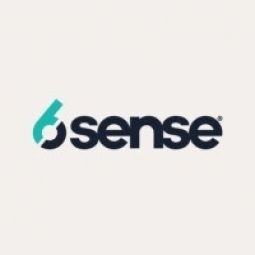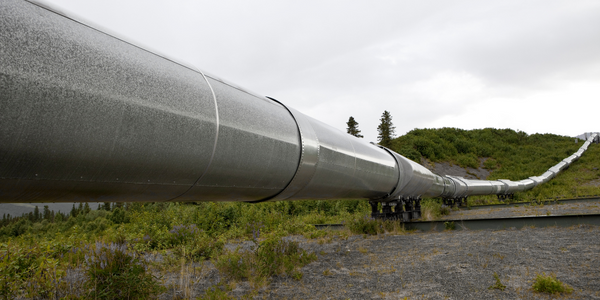Technology Category
- Platform as a Service (PaaS) - Application Development Platforms
Applicable Industries
- Oil & Gas
Applicable Functions
- Product Research & Development
- Sales & Marketing
Services
- System Integration
About The Customer
hireEZ, formerly known as Hiretual, is an AI-powered recruitment software company. Their mission is to simplify outbound recruiting by enabling recruiters to proactively bring jobs to people through intelligent sourcing, engagement, analysis, and integration on existing platforms. The company was facing challenges with their go-to-market strategy, making decisions based on unclear data and lacking alignment between their marketing and sales teams. Vu Thai, a former full-stack developer, joined the hireEZ team as the Senior Growth Manager in 2021, bringing a data-driven mindset to the team.
The Challenge
hireEZ, an AI-powered recruitment software company, was facing a significant challenge in their go-to-market strategy. The team was making decisions based on what Senior Growth Manager, Vu Thai, referred to as 'fuzzy data.' The company was investing heavily in ad campaigns and sponsored events, but lacked the necessary tracking to understand how these campaigns resonated with potential buyers. While they were not losing money on paid ads, the return on investment was low. Furthermore, there was a lack of alignment between the marketing and sales teams. hireEZ needed a solution that would provide actionable insights to target their ideal customer profiles (ICPs), clarify customer profile data, and align their marketing and sales teams.
The Solution
hireEZ implemented 6sense, an account-based marketing (ABM) platform, to address their challenges. The first step in their new ABM strategy involved getting to know their customers using 6sense segments. Additionally, 6sense keywords showed hireEZ which pain points were trending, enabling their revenue team to conduct the right outreach with the right message at the right time. This deepened their understanding of their ICP and customer’s buying journey. Initially, hireEZ’s marketing team primarily leveraged 6sense, but the company expanded adoption to further align teams. hireEZ adopted a Product Oriented Delivery (POD) model, using 6sense data as a guide. A team including a marketer, sales development representative (SDR), and account executive (AE) collaborated on a set list of accounts and related strategies.
Operational Impact
Quantitative Benefit

Case Study missing?
Start adding your own!
Register with your work email and create a new case study profile for your business.
Related Case Studies.

Case Study
Taking Oil and Gas Exploration to the Next Level
DownUnder GeoSolutions (DUG) wanted to increase computing performance by 5 to 10 times to improve seismic processing. The solution must build on current architecture software investments without sacrificing existing software and scale computing without scaling IT infrastructure costs.

Case Study
Remote Wellhead Monitoring
Each wellhead was equipped with various sensors and meters that needed to be monitored and controlled from a central HMI, often miles away from the assets in the field. Redundant solar and wind generators were installed at each wellhead to support the electrical needs of the pumpstations, temperature meters, cameras, and cellular modules. In addition to asset management and remote control capabilities, data logging for remote surveillance and alarm notifications was a key demand from the customer. Terra Ferma’s solution needed to be power efficient, reliable, and capable of supporting high-bandwidth data-feeds. They needed a multi-link cellular connection to a central server that sustained reliable and redundant monitoring and control of flow meters, temperature sensors, power supply, and event-logging; including video and image files. This open-standard network needed to interface with the existing SCADA and proprietary network management software.

Case Study
Refinery Saves Over $700,000 with Smart Wireless
One of the largest petroleum refineries in the world is equipped to refine various types of crude oil and manufacture various grades of fuel from motor gasoline to Aviation Turbine Fuel. Due to wear and tear, eight hydrogen valves in each refinery were leaking, and each cost $1800 per ton of hydrogen vented. The plant also had leakage on nearly 30 flare control hydrocarbon valves. The refinery wanted a continuous, online monitoring system that could catch leaks early, minimize hydrogen and hydrocarbon production losses, and improve safety for maintenance.










